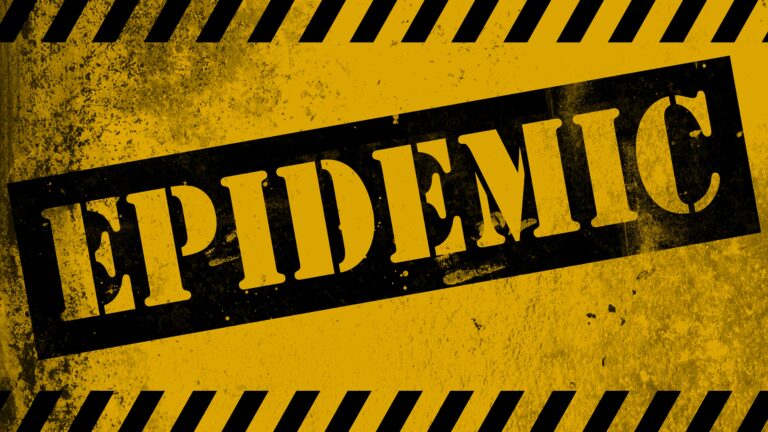


An Epidemic Easily Solved
I came across this article that discusses quality issues and their relations to drug shortages. This quote stopped me short: “In this [FDA] report, the agency presents persuasive evidence to indicate that drug shortages are most often caused by quality issues in the production plants (almost two-thirds) versus other causes such as planned discontinuation.” This FDA Group…

Business Continuity Planning: In the Corner Next to Your Fire Extinguisher
The COVID-19 pandemic shines a light on the importance of developing a Business Continuity Plan (BCP) early in the establishment of your business. Many fail to realize a BCP is a necessity—a necessity, like a fire extinguisher, we hope we never have to use.

The Question I Get Asked a Lot: “How Can We Build More of a Quality Culture?”
I often find myself in a meeting with a client’s leadership team, where someone asks me, “How can we build more of a Quality culture?” This simple question reveals significant information about how the company operates, as well as the state of its culture.

How to Craft a Well-Written SOP
Many deficiencies identified in FDA’s 483s and Warning Letters can be traced back to SOP deficiencies—inadequately written, communicated, monitored, and/or enforced. Well-written SOPs provide clear instructions, avoiding deviations.

“Fundamental 5” SOP Training for Everyone
Quality experts know that SOP training has positive effects on performance and success. Yet senior executives can resist even a minimum amount of training, especially when they do not operate daily in a GxP environment.

Building the Best Foundation for Your Training Programs
Today, we want to discuss elements that make for a strong foundation for such a program. Remember the goal is to maintain compliance while ensuring employees efficiently master required techniques and current operating procedures and protocols.

Bulletproofing Your Training Programs
A well-trained staff is highly essential not only to prevent events as noted above, but also to ensure that employees integrate Quality and agency requirements into everyday activities.

Lessons for Building a “Voluntary QA” Culture in Pharma & Biotech Lesson 5: “Retail Politics” and Campaigning for Quality
As we come to the close of this election cycle (with much thanks and relief), today we delve into how “retail politics” can help Quality be more successfully integrated into everyday activities.

Lessons for Building a “Voluntary QA” Culture in Pharma & Biotech: Lesson 4: “Be a part of the team ….”
In my role, I help companies remain compliant and people remain sane. At the core of this, I must build trust and collaboration among many different people, and one way to achieve this is to build great teams.

Lessons for Building a “Voluntary QA” Culture in Pharma & Biotech Lesson 3: “Think like a teacher”
Dictators don’t engage people they don’t focus on the “why,” only the “what.” They demand action, no questions asked. Educators, rather, engage people by focusing on helping them understand the “why” of Quality so they are better prepared and equipped to work on the “how.”

Lessons for Building a “Voluntary QA” Culture Lesson #2: “Fire Prevention vs. Firefighting”
Quality – like fire prevention – is everyone’s responsibility. What happens when only firefighters (or Quality departments) are responsible? They run all over looking for fires, always on alert and in a constant state of crisis.